Remembering architect of Bangladesh and the
Father of Nation Sheikh Mujibur Rahman on his 92nd Birth Anniversary
by Srimal Fernando
Commemoration speech on the 92nd
Birth Anniversary of Sheikh Mujibur Rahman was delivered by Srimal
Fernando at the High Commission of Bangladesh in Sri Lanka on 17th March 2012.
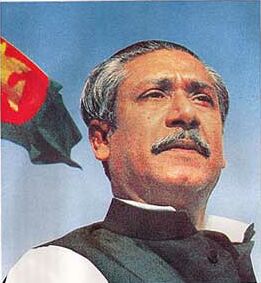
A very good day to you all …..
Today is the 92nd Birth
Anniversary of the architect of Bangladesh and the Father of Nation late
Sheikh Mujibur Rahman. The late Mujibur Rahmans often called ‘Bangabandhu’ which
means ‘Friend of Bengal’ was one of the great men of the Indian
sub-continent who brought resurgence to the Bangladeshi independence
movement. He was a symbol of hope and endurance.
Bangladeshis of today could proudly hold
their heads up high, because of Mujibur’s struggle to bring
Independence to Bangladesh. He carried the torch of independence as a
representative of the people of Bangladesh.
In an interview with Sir David Frost on BBC, in 1972 Mujibur Rahman articulates
“My greatest strength is the love for my people; my greatest weakness is that I love them too much”
As we commemorate the 92nd
Birth Anniversary of Sheikh Mujibur Rahman on this day, in 1920 one of
the greatest sons of Bangladesh was born to a respectable Muslim family
of Bangladesh who lived in Tungipara village in Gopalganj of Faripur
District. His political career started to shape when he was a student at
Gopalganj missionary school in 1939. When A.K Fazlul Huq Chief Minister
of undivided Bengal visited this missionary School in1939 the young
Mujibur led a group of students to demand the repair of the cracked roof
of the school. Ten years later in 1949 Mujibur was elected as the
Sectary General of Islamia College students Union. In that year Mujibur
was arrested and was jailed for two years and five months for leading
demonstrations.
In 1952 Mujibur condemn the killings
of five students by police who campaigned for Bengali language to be
made an official language. As a protest Mujibur was on hunger strike
for 13 days when he was in prison. After his release from the jail in
1953 in July the same year Mujibur was elected as the General Sectary of
the East Pakistan Awami League .In 1954 Mujibur Rahman contested and
won Gopalganj constituency by a margin of 13,000 votes defeating the
influential Muslim League leader Wahiduzzaman. On May 15 the same year
he took oaths as Minister of Agriculture and Forest in the new
Provincial government. In 1957 Mujibur resigned from the cabinet. From
1961- 66 Mujibur Rahman was jailed for several times.
The year 1966 was a turning point in
his political carrier. He placed a historic six point pograme before a
select committee at a National conference of the Opposition. In the
same year he was elected as the President of Awami League. In the
general election of 1970 the Awami League won 167 seats out of 169
seats in the then East Pakistan. On March 1st 1971 President Yahya Khan
abruptly postponed the National Assembly. This prompted a storm of
protest through out Bangladesh.
On 7th March of the same
year, Bangabandhu addressed a mammoth public rally at the Race Course.
Where he declared “The struggle” and said
“This time is the struggle for emancipation and the struggle for Independence, Joi Bangala”.
Moments after the Pakistani ruling junta crack down began on the innocent Bengalese, on the night of 25th March 1971 the architect of Bangladesh and the Father of Nation, Sheikh Mujibur Rahman declared independence at 12:30AM on 26th March. The declaration was transmitted through radio to every place of the country. By saying
“This may be my last message,
from today Bangladesh is Independent. I call upon the people of
Bangladesh wherever you may be and with what ever you have, resist the
army occupation to the last.”
Sheikh Mujib was arrested at 1.30
a.m from his Dhanmodhi residence and was taken to Pakistan after
midnight via Tejgaon international airport.
The road to independence was a long and
difficult one. Too many mothers’ sons & daughters never came home
from the bloody Bangladesh Liberation War that lasted for nine
months. Following Indian intervention in December 1971, the Pakistani
army surrendered to the joint forces of Bengali Mukti Bahini and Indian
Army, and the League leadership created a government in Dhaka.
Bangladesh was finally established .The national flag of Bangladesh was
raised and the Bangladeshi flag fluttered proudly. Mujib was released
from the prison and was able to assume office as the first president of Bangladesh.
In the pre dawn hours of August 15th
in 1975 the greatest son of Bangladesh was assassinated with his family
by a handful of treacherous military officers in Dhaka. Too much time
has been wasted, too many chances missed, too much blood spilled during
the pre and post Independence period of Bangladesh. Sheikh Mujibur will
always be remembered fondly as the founding father of Bangladesh
This is what Cuban leader Comrade Fidel Castro had to say about Sheikh Mujibur during 1973 Non-Aligned Summit in Algiers.
“I have not seen Himalayas. But I have seen Sheikh Mujib in personality and in courage, this man is the Himalayas. I have thus had the experience of witnessing the Himalayas”.
Let that be Bangabandhus legacy to Bangladesh and beyond. “Joi Bangala”
 By Srimal Fernando, Asia Correspondent
By Srimal Fernando, Asia Correspondent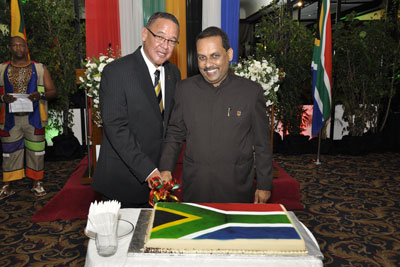
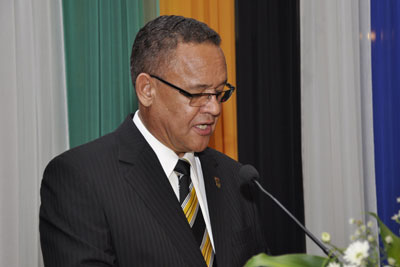
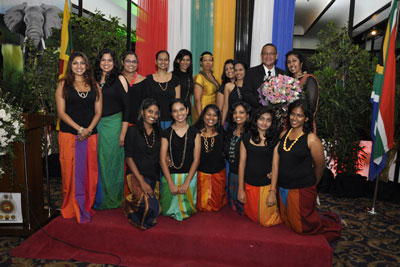
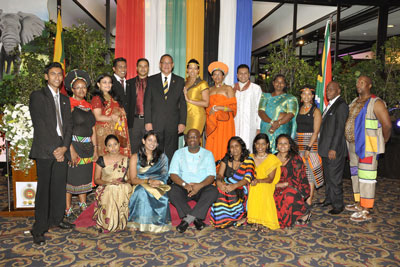

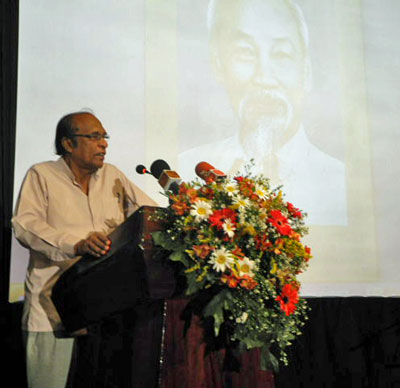
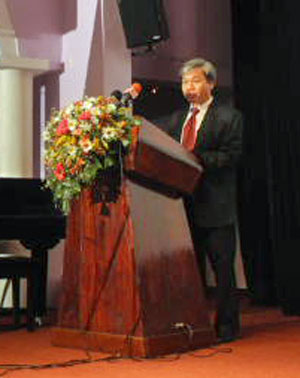
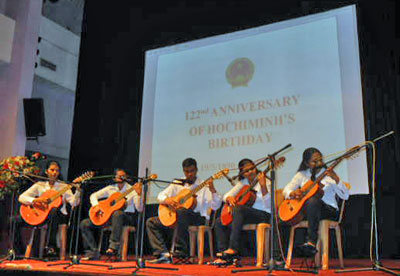
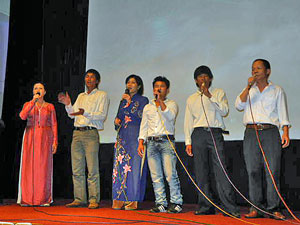
 By Srimal Fernando Asia Correspondent
By Srimal Fernando Asia Correspondent






